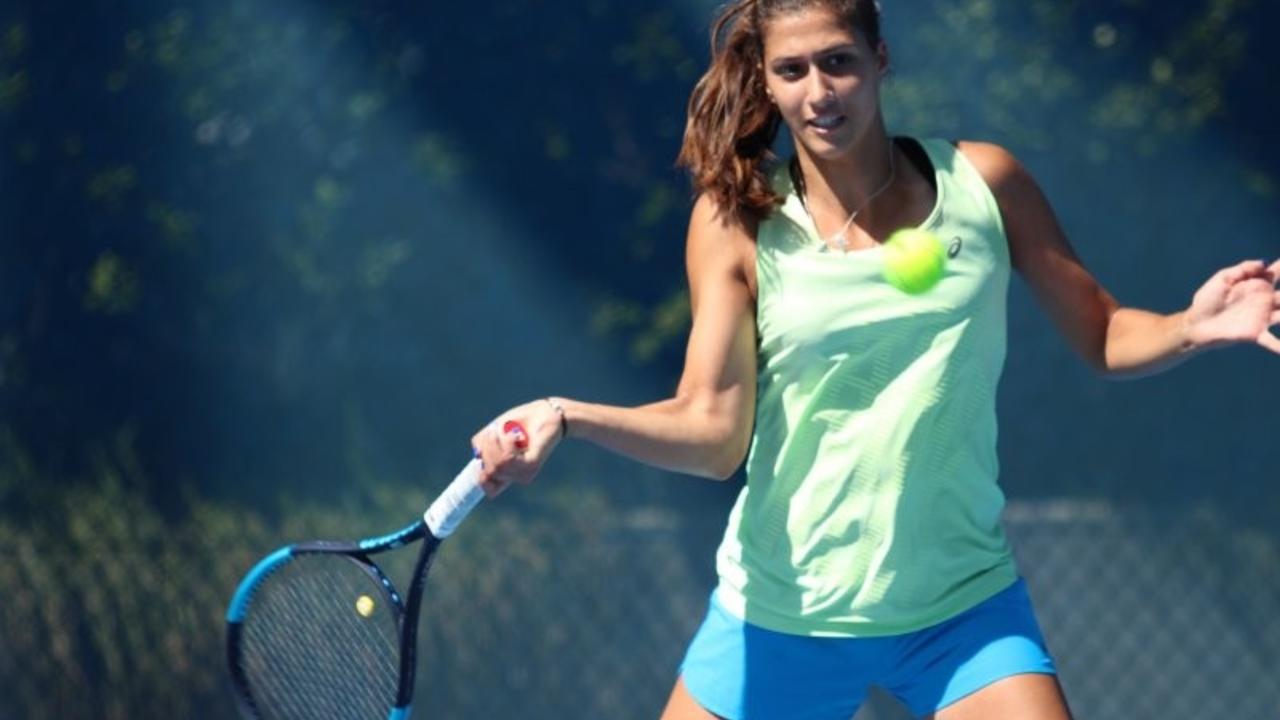Tennis Workout Intensity
May 18, 2020
HOW DO YOU IMPROVE YOUR TENNIS WORKOUT INTENSITY?
This is a question we hear often. As tennis conditioners, we've worked with many top athletes. One thing that always stands out among professional players is that when they workout for tennis (off-court), they push even harder than they would on-court.
Lleyton Hewitt, Sam Stosur, and Martina Navratilova are great examples. When we trained them, they always knew when to bring a high level of intensity.
Training at high intensity is how players allow their bodies to work equal to and above the thresholds faced during competition.
Through rest and recovery, their bodies adapt and improve, allowing them to push more as they develop. Without this adaptation process, there are often minimal or even no physical gains.
OUT OF COMPETITION
When training out of competition you are basically preparing for competition and not just training for the sake of it. This is critical, as training is about preparing the body. It's imperative players follow a structured periodized tennis strength training program as well as a tennis conditioning program so they can see how they are progressing throughout the program. Serious athletes should aim to set their physical capacity higher than what they need.
Very few players have the capacity to realize their true tennis training intensity capacity on their own, so it is up to coaches and tennis conditioners to help them. There are numerous ways to do this, but treating players as individuals is usually the best way to build awareness, intensity, and motivation.
RATE OF PERCEIVED EXERTION DURING TENNIS WORKOUT
Athletes should set their own physical benchmarks with their tennis strength and conditioner. A simple way is using a ‘Rate of Perceived Exertion’ (RPE) scale from 1-10 – with level 1 being the easiest, 5 would be moderate, 8 high intensity and 10 absolute maximum (you do want to go there and we should never aim to push someone there) Depending on the session and outcome we are after, we encourage players to sit between 6-8 for most sessions, ideally an 8 by the end of a session, occasionally a 9.
This scale, with the help of the following questions, can help athletes take responsibility for their intensity in each session.
- How hard do you feel you pushed yourself today?
- Do you feel you can work closer to a level eight?
- Can you show me what a level eight looks like for you?
Most players initially have an unrealistic perception on this scale, but this improves with education.
They might tell you their tennis workout intensity level was a seven or an eight, even if you know it was only a four or five.
These definitions change over time, setting new benchmarks as they experience higher intensity levels and their body adapts.
If an athlete cannot train at a high level of intensity regularly at least three times a week, the reality is that progress will be limited. They can still love the game and play great tennis – but if they are targeting a professional or college level, they will struggle to sustain the intensity required for success.
TIPS FOR IMPROVING INTENSITY DURING YOUR TENNIS WORKOUTS
We incorporate the following strategies into our training sessions to motivate players to raise their intensity:
- Have them compete against the stopwatch. Give them something to chase, a target. Whether it be an agility drill or basic movement test, using time is a great way to motivate.
- Have them compete against other tennis players when performing the tennis workout. This sets a new standard and players always want to compete! This needs to be done in a healthy manner. We are not talking about winning and losing, we are talking about pushing each other.
- Video them, during their tennis workout and have them watch their performance back and ask them what they think. Then have them explain what they feel they could do better. Ask them if they feel the intensity they moved at looked high enough to them.
- Explain the reason, benefit, and purpose of each tennis workout but specifically each tennis exercise. Getting them to buy in and be aware of the process is important, "Teach don't tell" is one of our philosophies.
- Remind them of their goals, so it’s always in the back of their minds
when training. Mention the goal before the start of a drill. - Use the perceived rate of exertion scale. Ask the players to rate their own efforts and encourage them to take responsibility for their own intensity level. This scale works so well for on-court sessions and off-court tennis training sessions.
- Find out who the player's tennis/sporting idol is and have them watch them training/playing on video. Ask them what they notice about the player? how is their level of intensity? This is extremely powerful. You can even come up with terminology around this that relates to the player they like e.g what does the player say after a big point "VAMOS" etc use those keywords to motivate your player when they work hard.
Training intensity is often the missing piece to the puzzle that so many players are looking for. Please try these protocols we have mentioned above and put them into practice. Even try a few and we are sure you will see some great results.
Last month we launched a specific Tennis Home Workout, for players that want to keep training, but have limited space and equipment. The feedback has been overwhelming, check it out - https://www.memberstennisfitness.com/home_tennis_workout



